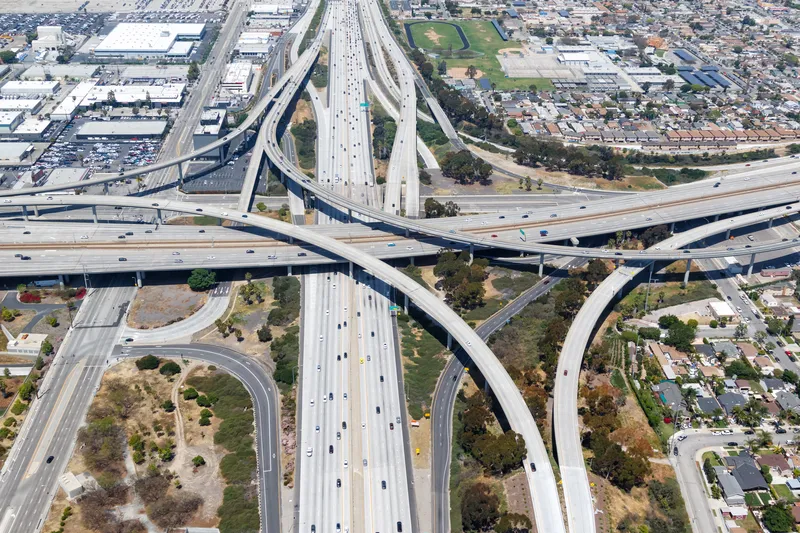Two recent columns in the New York Times have revived the semi-dormant debate about the future of high-speed rail in America, according to an article by Innovation Briefs. The first column, by New York Times correspondent Ron Nixon, casts a sceptical eye on the Administration's high-speed rail program and concludes that "despite the administration spending nearly US$11 billion since 2009....the projects have gone mostly nowhere..."
The second column, closely following the first, is an opinion piece by the Times' editorial board. The editors may have felt obliged to respond to the highly critical assessment of the White House initiative by one of their own reporters. They did so by blaming the Congress. The main reason for the lack of progress, they opined, was that "American lawmakers have not given high speed rail the priority it deserves." But, as Nixon's article makes clear, the Administration's stumble had little to do with insufficient money. The high-speed rail initiative failed to achieve its objective and has no realistic prospect of achieving it in the future, because of a series of Administration missteps. Not the least of which was to squander the dedicated stimulus funds by committing them to a large number of studies and unconnected passenger rail upgrades resulting at best in modest increases in train speeds, rather than to invest them in a corridor or corridors where true high-speed rail would make sense and have a pretty good chance of success, notably, the high density, congested north-east corridor.
As for states, notably California, Florida and Texas, that are independently pursuing similar efforts intrastate and without federal funding, only time will tell whether they will have the fiscal capacity, political support, entrepreneurial skill and underlying demographics necessary for a successful launch and operation of true high speed rail service.
US high-speed rail debate revisited
Two recent columns in the New York Times have revived the semi-dormant debate about the future of high-speed rail in America, according to an article by Innovation Briefs. The first column, by New York Times correspondent Ron Nixon, casts a sceptical eye on the Administration's high-speed rail program and concludes that "despite the administration spending nearly US$11 billion since 2009....the projects have gone mostly nowhere..."
The second column, closely following the first, is an opinion piece by
August 18, 2014
Read time: 2 mins










